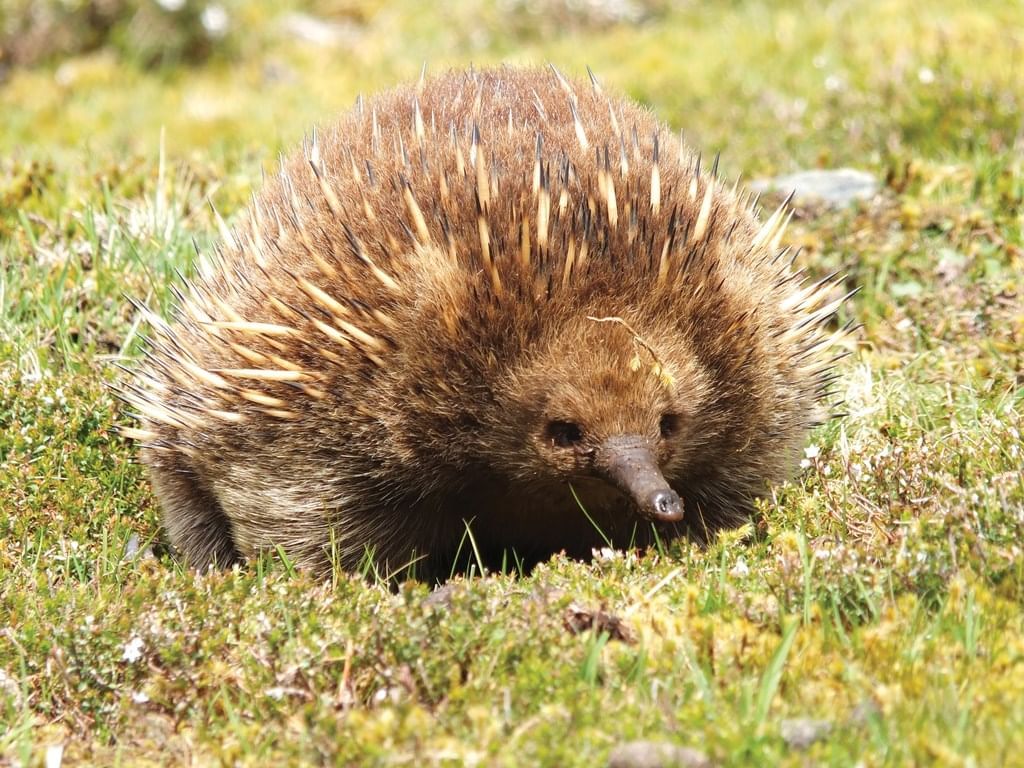Wildlife - Echidnas and Platypus
As you explore Cradle Mountain, you may be lucky enough to encounter a couple of the area’s most intriguing residents—the platypus and the echidna.
Echidnas and platypus are monotremes, or egg-laying mammals. Rather than bearing live young, monotremes lay eggs and then nourish their offspring on milk.
Echidnas
The round, spiny shape of foraging echidnas can often be seen in Cradle Mountain-Lake St Clair National Park, hunting in the undergrowth for ants and other insects. Echidnas have a beak-like snout and covering of bristling spines that protrude through a thick coat of fur. When threatened, echidnas will quickly burrow into the ground, leaving only their armoury of spines exposed.
During breeding season, female echidnas lay a small, leathery egg directly into a pouch. After hatching, echidna young (sometimes called puggles) feed on secretions of milk from their mothers’ abdomen, until they are strong enough to begin foraging on their own.
Platypus
Platypus are shy, intriguing animals that can occasionally be seen near river banks, where they dwell in burrows. These fascinating, semi-aquatic animals live in rivers, lakes and streams, and have been spotted in the many waterways around Cradle Mountain.
Female platypus lay one or two marble-sized eggs in a nesting burrow. The eggs are then incubated in a special area between the mother’s tail and body. Newborn young (about the size of a jellybean) are then fed on milk, which seeps through the skin of the female’s abdomen.
As if the platypus was not peculiar enough, male platypus also have a spur on the inside of their hind legs that releases a powerful venom—making them one of only five known venomous mammals in the world.
Image credit: Tourism Tasmania & Masaaki Aihara
